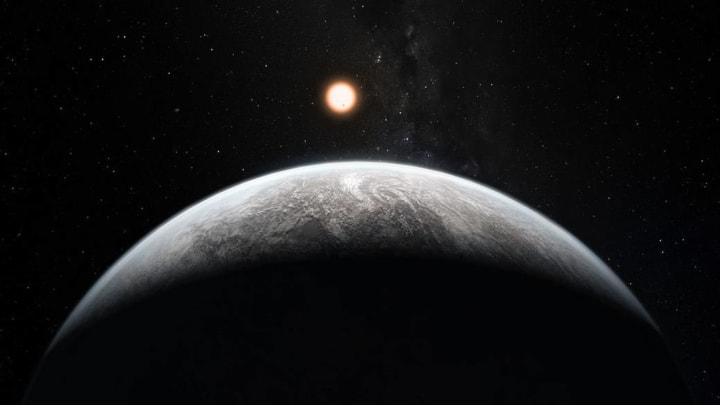Since NASA’s Kepler spacecraft launched in 2009, the space agency has found and confirmed a whopping 2343 new planets. Of those, 30 are considered to be situated in a “habitable zone,” an area in which a planet’s surface could theoretically contain water.
A new satellite, set to launch today, is expected to find thousands more planets outside of our solar system, known as exoplanets. TESS, short for the Transiting Exoplanet Survey Satellite, is NASA’s latest effort to plumb the depths and darkness of outer space in search of other Earth-like planets—including those that could potentially support life.
TESS is slated to complete a two-year survey of the “solar neighborhood,” a general region which comprises more than 200,000 of the brightest nearby stars. To find these outlier planets, NASA scientists will be keeping an eye out for temporary changes in brightness, which indicate that a planet is blocking its host star.
According to Martin Still, the program scientist working on the TESS mission, the launch comes “with certainty” that TESS will find many nearby exoplanets. "We expect to find a whole range of planet sizes, between planets the size of Mercury or even the Moon—our Moon—to planets the same size as Jupiter and everything in between,” Still said in a NASA interview.
While the Kepler mission was considered a major success, NASA noted that most of the planets it recorded are those that orbit faint, faraway stars, making it difficult to conduct follow-up observations. The stars that TESS plans to survey will be 30 to 100 times brighter than those observed by its predecessor. This allows for newly detected planets and their atmospheres to be characterized more easily.
“Before Kepler launched, we didn't know for sure if Earth-sized planets existed,” Elisa V. Quintana, a NASA astrophysicist, told Reddit. “Kepler was a statistical survey that looked at a small patch of sky for four years and taught us that Earths are everywhere. TESS is building on Kepler in the sense that TESS wants to find more small planets but ones that orbit nearby, bright stars. These types of planets that are close to us are much more easy to study, and we can measure their masses from telescopes here on Earth.”
The most common categories of exoplanets are Earth- and Super Earth–sized masses—the latter of which are larger than Earth but smaller than Uranus and Neptune.
TESS is scheduled to launch from the Cape Canaveral Air Force Station in Florida on a SpaceX Falcon 9 rocket at 6:32pm EDT today.
For more information about TESS, check out this video from NASA.
